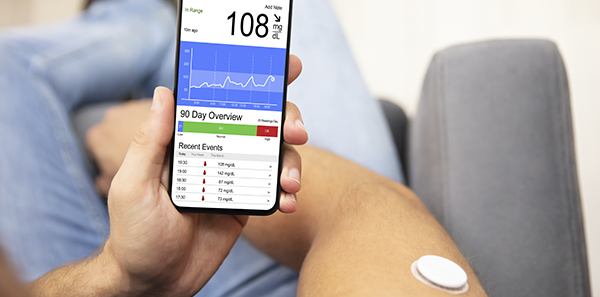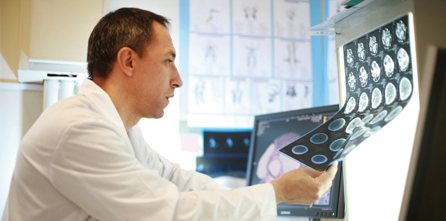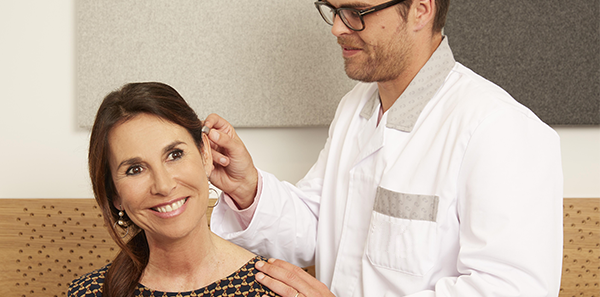
Diabetes is a chronic disease with a huge social and health impact and a high prevalence. Worldwide, the number of people with diabetes has increased fourfold in the last three decades and the World Health Organisation is citing figures of over 425 million people across the world.
In view of these numbers, we can see that many of these people could benefit from having access to new technology that would enable them to control their condition correctly, thereby reducing the risk of complications associated with it. Technological progress is changing the world and has now become a fundamental tool in many aspects of our lives, including in the area of healthcare, where it is having a significant impact.
These technological advances mean patients are more empowered, more involved and more committed to their own health. Technology can also improve the medical professionalpatient relationship (telemedicine) and can be very effective in chronic pathologies such as diabetes.
In this context, there are many mobile phone apps related to diabetes, providing tools for monitoring glucose, diet, physical exercise and events conveniently on a mobile phone, tablet or other mobile device. Users are advised to seek advice on how to choose the apps or websites that best adapt to each person’s own needs, following criteria such as reliability, safety and security.
Someone with diabetes must keep track of their glucose levels and to do this they must have accurate information that can not only be obtained from taking a small blood sample from a finger for analysis in a glucometer. Nowadays we have devices that enable us to measure our glucose levels without having to rely on obtaining a drop of blood from a finger.
The Flash Glucose Monitoring (FGM) system improves the control people have over their diabetes and their quality of life. It measures interstitial glucose and obtains glucose data continuously, providing a great deal of information and improving decision making for controlling the disease.
The FGM system is a device that is attached to the arm and can be scanned with a reader or a mobile app to obtain the glucose figure. When the device is read, it gives information on the amount of glucose in the interstitial fluid, a profile of the latest figures (AGP) and the tendency of the levels to rise, fall or remain stable. It needs no calibration. This device will soon be available with alarms.
This system also provides retrospective information that includes parameters like estimated glycated haemoglobin A1c, glycaemic variability, average glucose, proportion of higher, lower values and on target values, number and duration of hypoglycaemic events, daily profiles, number of scans, etc., all of which is extremely important information for optimising any adjustments to treatment.
The new technology associated with diabetes benefits patients and their families by generating greater knowledge about their medical condition and healthcare, giving them more control over the process. For endocrinologists and diabetes educators, it is a new concept that provides a more integrated treatment model.












